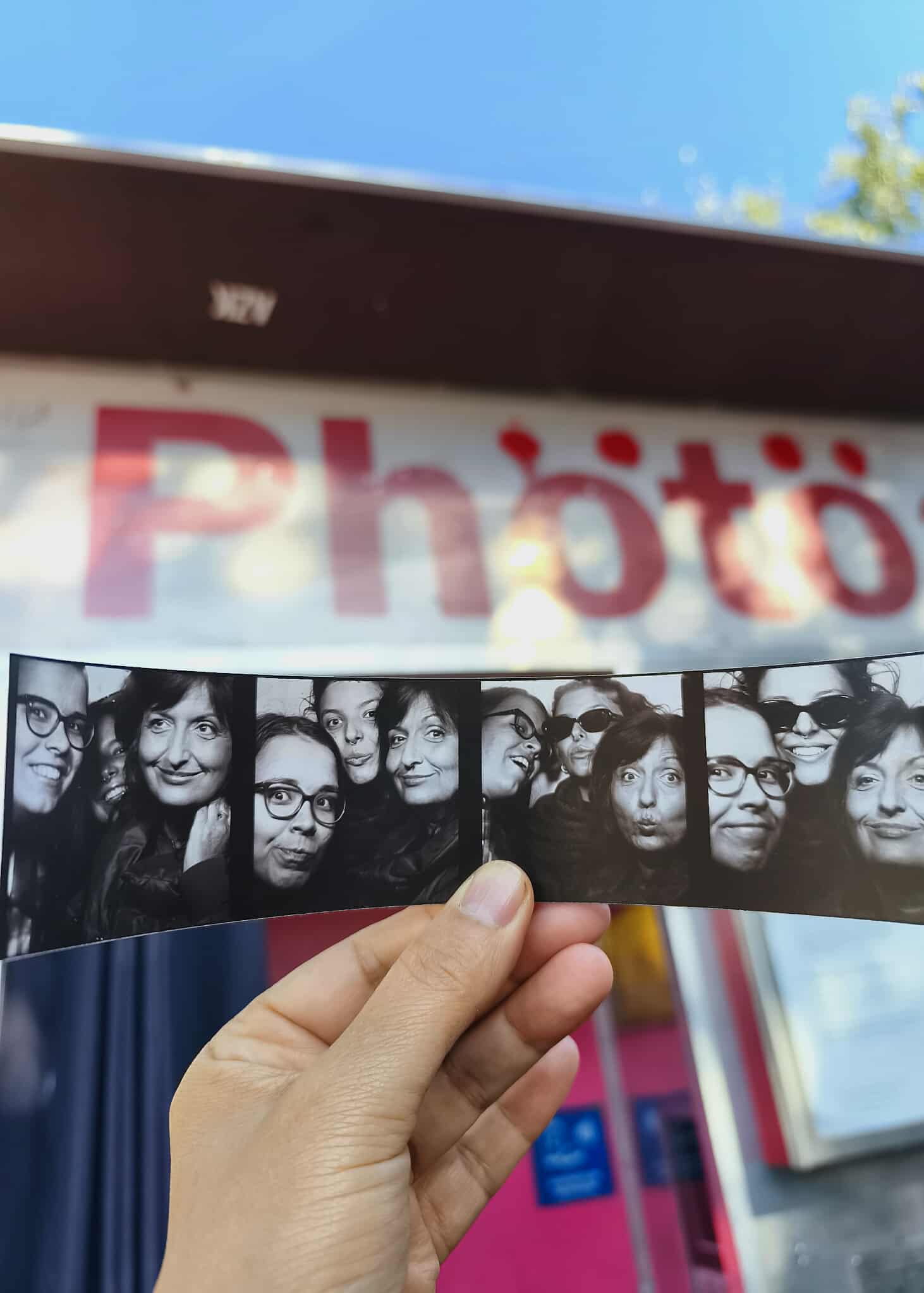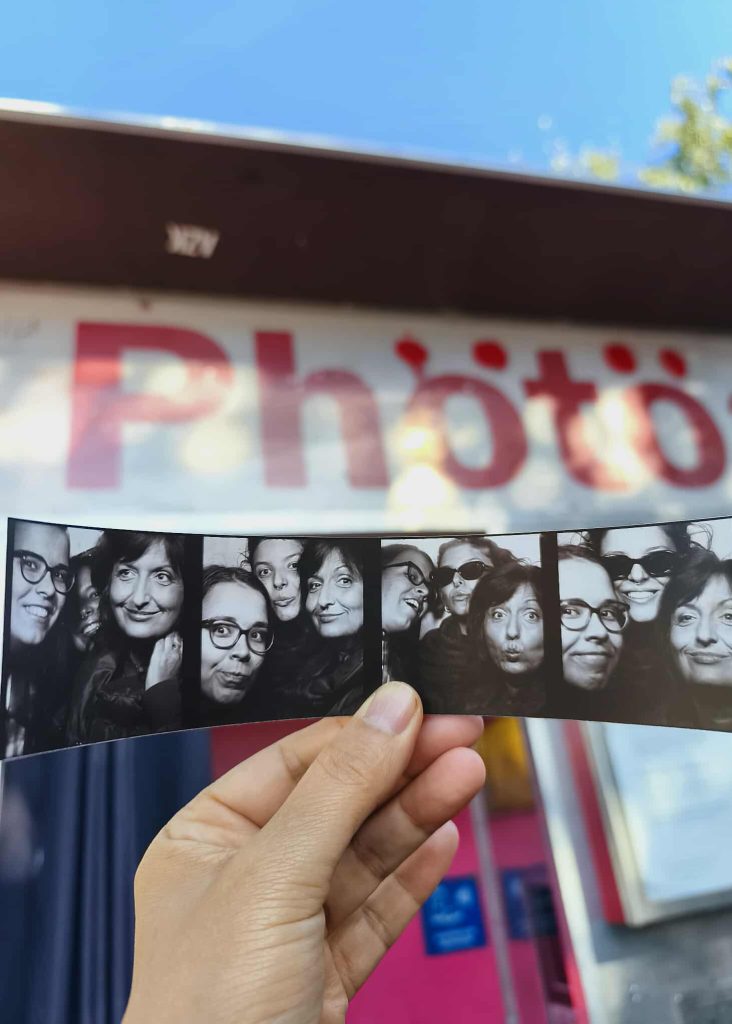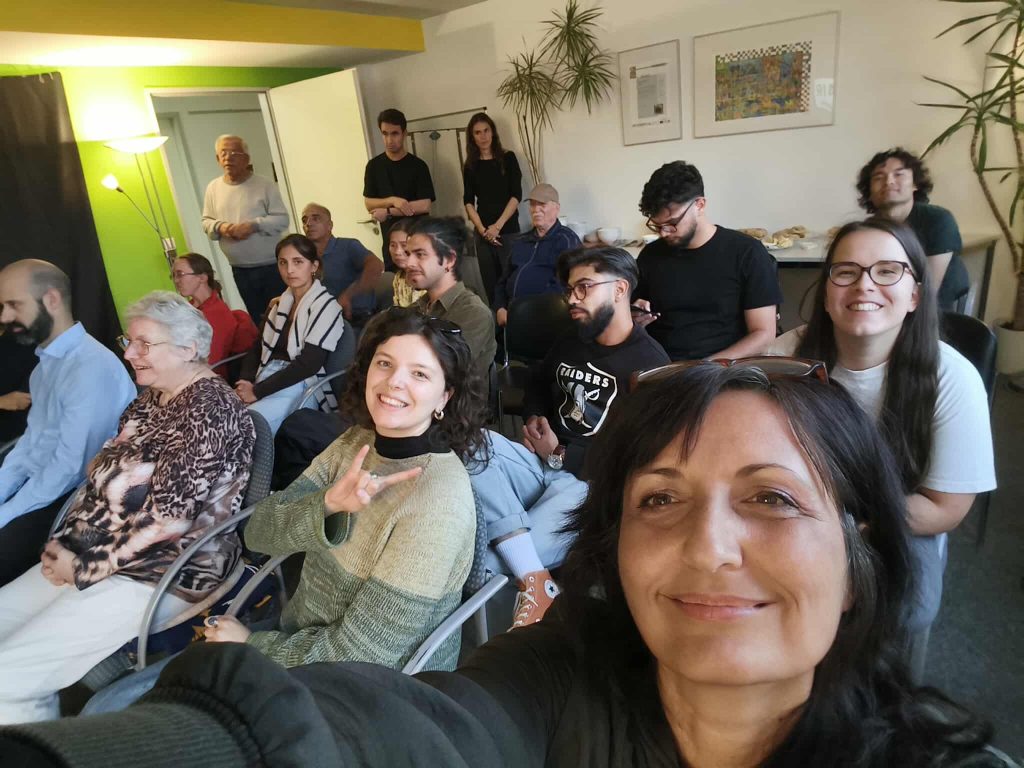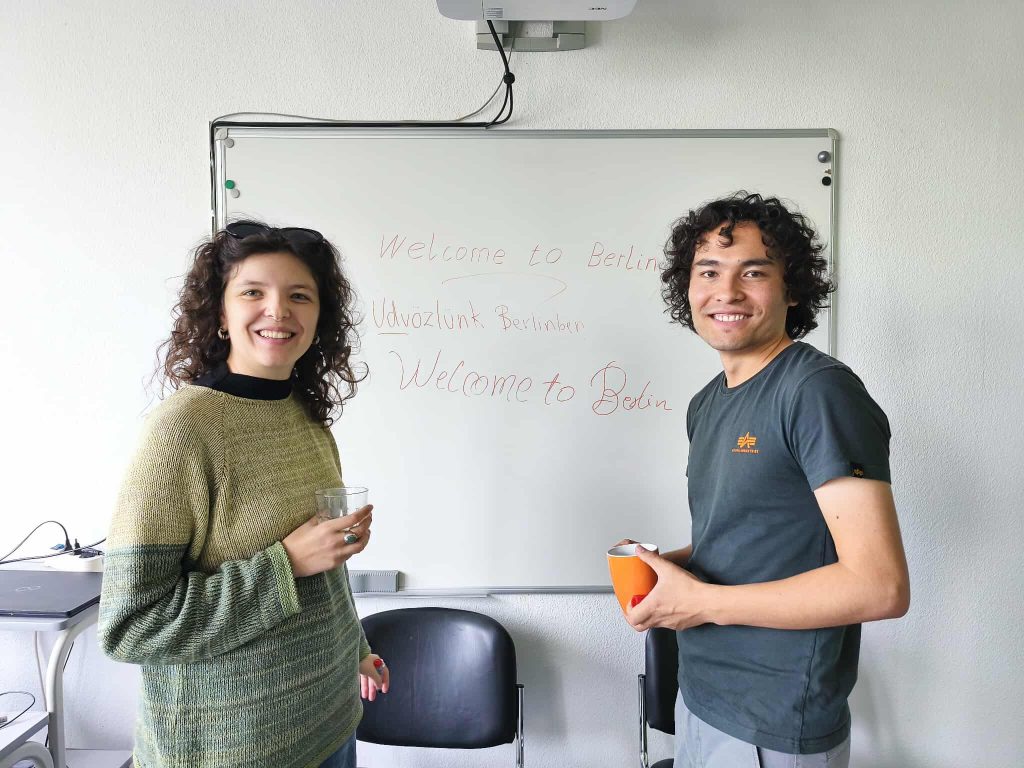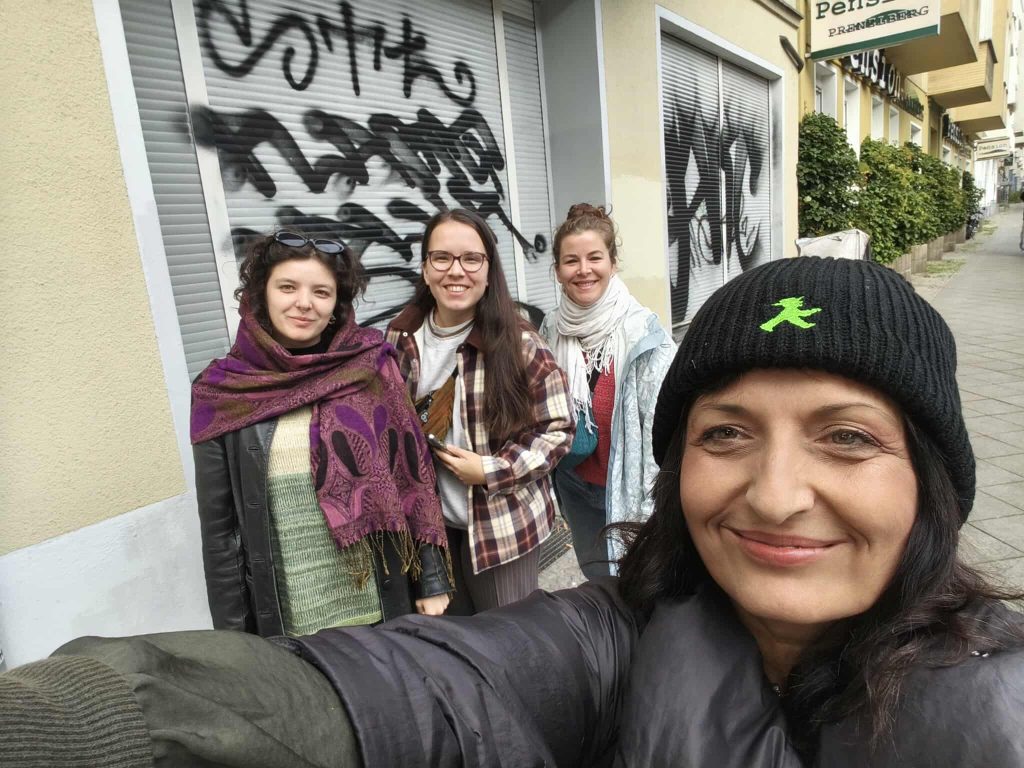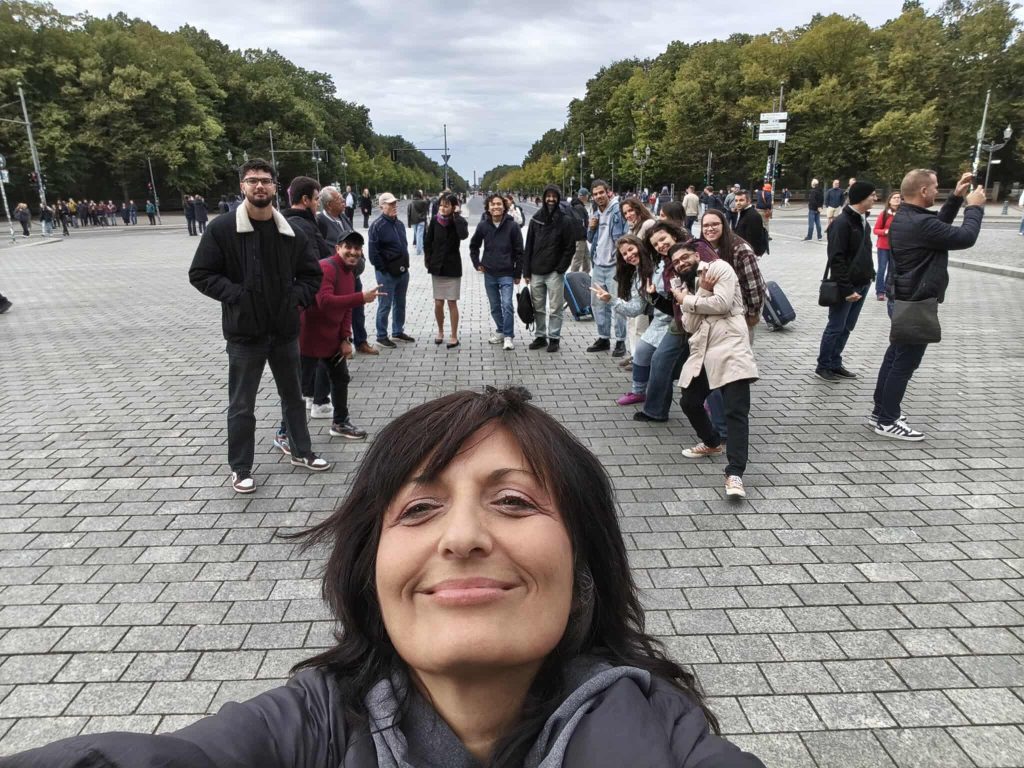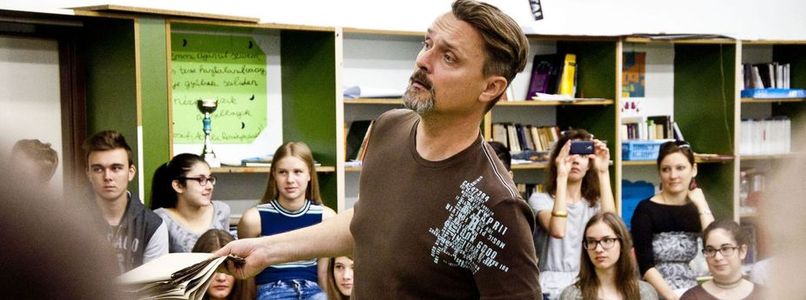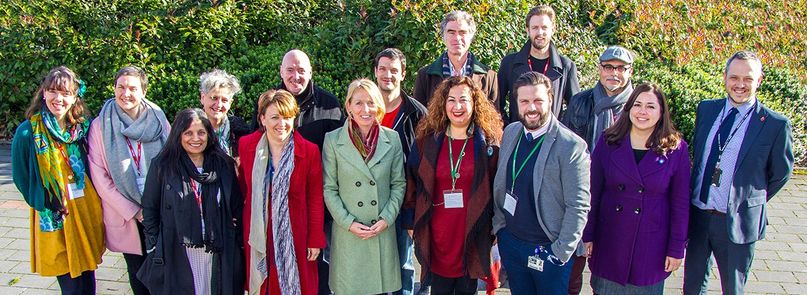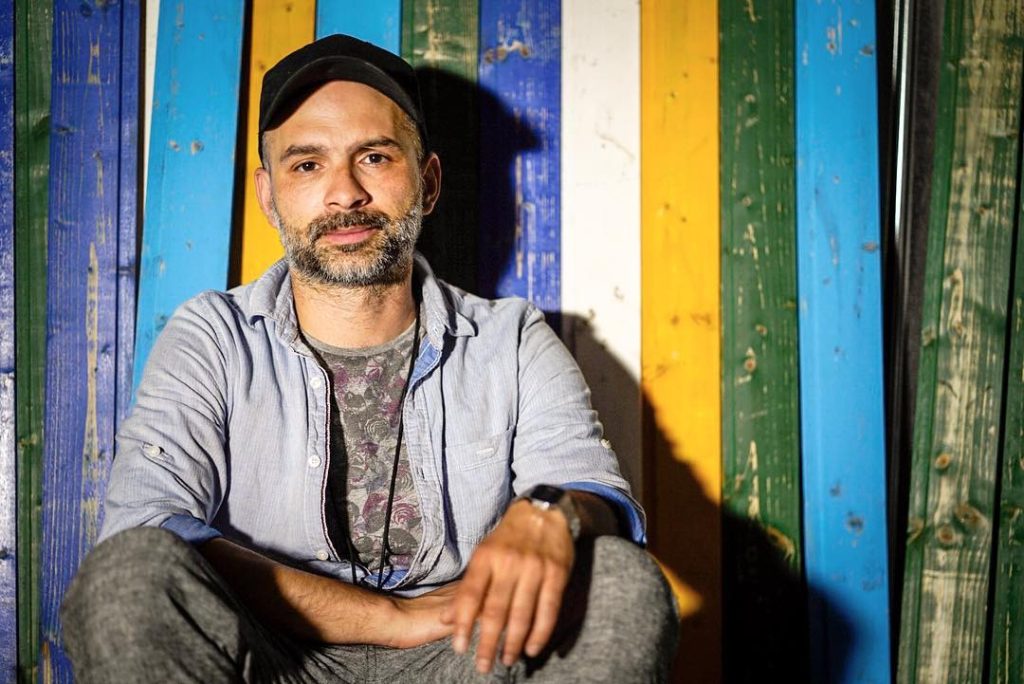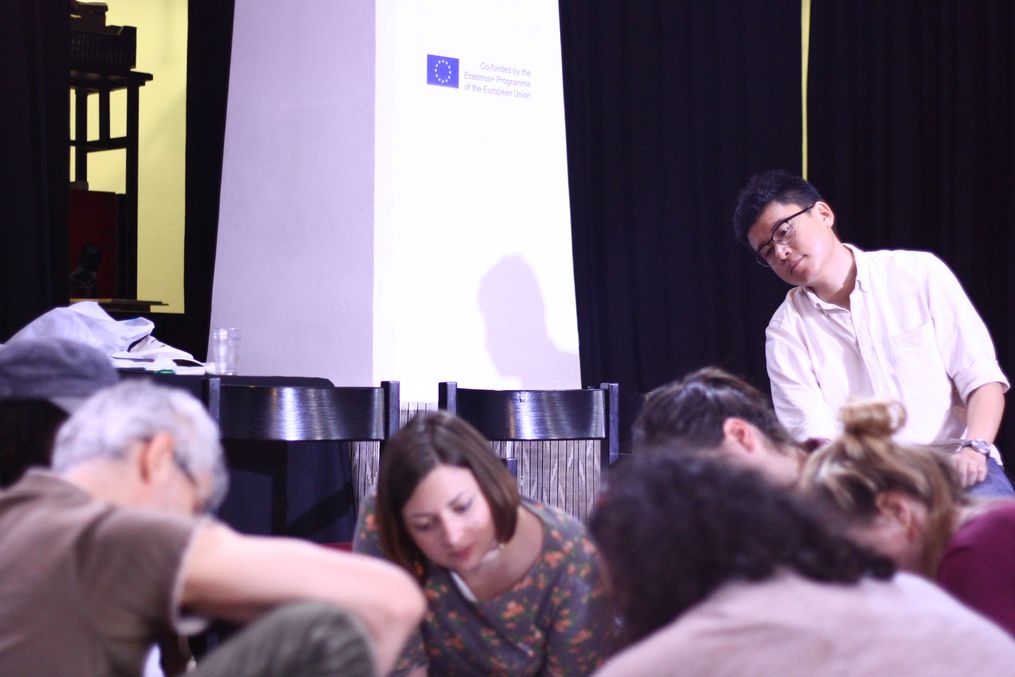Final meeting in Berlin
When we first arrived in Berlin, the city felt at once open and contested: wide boulevards,
layered histories, visible inequalities in neighborhoods far from the tourist core. We walked through streets where modern glass towers met older tenements, where public transportation links disparate districts, and where public squares offered fragile breathing room for encounters across difference.
But we also sensed pressure: rising rents, new developments cutting off older communities, and certain quarters where everyday life seemed muted under economic strain.
At Frauenzentrum Marie e.V. (a women’s educational and counseling center in residetial area of Berlin) we staged our forum theatre sessions. Using scenes drawn from our prior visits in Budapest, Florence, and Skopje, we dramatized moments of exclusion, voice, and resilience. Audience members stepped into roles, proposing alternative paths in conflicts of belonging, gentrification, segregation, or social alienation. The intimate, safe setting of the center allowed thick, honest conversations. The city’s layers slipped in: participants spoke of the district where they lived, of trains they took, of services that did or did not reach peripheral zones. In parallel, we unveiled the photographic exhibition assembled from our journeys. The images—narrow alleys, crowded squares, marginalized corners—hung on the walls of the center and invited visitors to reflect. In that moment, Berlin’s FLAIR felt less like a skyline than like a network of choices and fractures, and the project underscored that inclusion is not given by the city but enacted every day in how people claim, contest, and remake urban space.
Lilla, Bogi, Róza & Gabi


